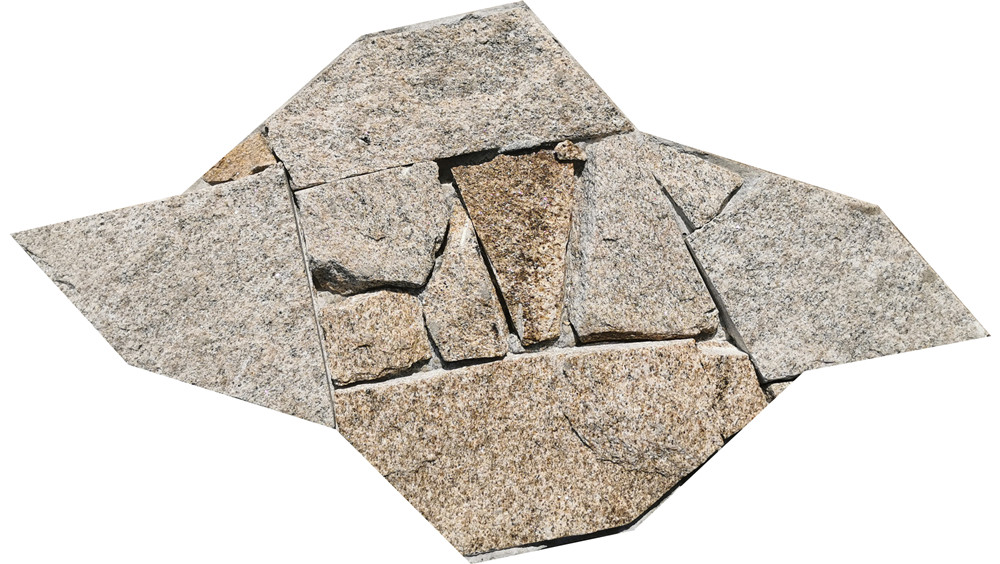The Beauty and Benefits of Precast Cultured Stone A Comprehensive Guide
Introduction In the world of construction and architecture, the use of precast cultured stone has been gaining popularity due to its versatility, durability, and aesthetic appeal. This innovative building material offers a cost-effective alternative to natural stone while providing the same timeless beauty and elegance. In this comprehensive guide, we will explore the various aspects of precast cultured stone, including its manufacturing process, benefits, applications, and maintenance. Manufacturing Process Precast cultured stone is a type of man-made stone that mimics the look and feel of natural stone. The manufacturing process involves mixing lightweight aggregate materials, cement, and pigments to create a moldable material that can be shaped and textured to resemble various types of natural stone. The mixture is then poured into molds and cured to create individual stone pieces that can be used in construction projects. One of the key advantages of precast cultured stone is its ability to replicate the intricate details and textures of natural stone, allowing for endless design possibilities. Manufacturers use advanced techniques such as hand-sculpting and digital imaging to create realistic stone finishes that are virtually indistinguishable from the real thing. Benefits of Precast Cultured Stone 1. Cost-Effective: Precast cultured stone is more affordable than natural stone, making it a cost-effective option for homeowners and builders looking to achieve a high-end look without breaking the bank. 2. Lightweight: Unlike natural stone, precast cultured stone is lightweight, making it easier to transport, handle, and install. This can help reduce labor costs and construction time. 3. Durability: Precast cultured stone is highly durable and resistant to wear and tear, making it a long-lasting building material that can withstand harsh weather conditions and everyday use. 4. Roofing slate and fire resistance : Precast cultured stone comes in a wide range of colors, textures, and shapes, allowing for endless design possibilities. It can be used for both interior and exterior applications, including facades, accent walls, fireplaces, and more. 5. Eco-Friendly: Precast cultured stone is made from sustainable materials and can be recycled at the end of its lifecycle, making it an environmentally friendly choice for eco-conscious builders and homeowners. Applications of Precast Cultured Stone 1. Exterior Facades: Precast cultured stone can be used to enhance the exterior of buildings, adding a touch of elegance and sophistication. It can be applied to entire facades or used as accents to create visual interest and curb appeal. 2. Interior Walls: Precast cultured stone is a popular choice for interior walls, particularly in living rooms, kitchens, and bathrooms. It can be used to create focal points such as fireplace surrounds or accent walls, adding warmth and texture to the space. 3. Fireplaces: One of the most common applications of precast cultured stone is in fireplace surrounds. The natural look of the stone adds a cozy and inviting feel to any living space, making it a popular choice for both traditional and modern homes. 4. Landscaping: Precast cultured stone can be used to create beautiful landscaping features such as retaining walls, garden borders, and decorative pillars. Its durability and weather resistance make it an ideal choice for outdoor applications. Maintenance of Precast Cultured Stone While precast cultured stone is a durable and low-maintenance material, proper care is essential to ensure its longevity and beauty. Here are some tips for maintaining precast cultured stone: 1. Regular Cleaning: To keep precast cultured stone looking its best, it should be cleaned regularly using a mild detergent and water. Avoid harsh chemicals or abrasive cleaners, as these can damage the surface of the stone. 2. Sealing: Depending on the type of precast cultured stone used, it may require periodic sealing to protect it from moisture and stains. Consult with the manufacturer or a professional to determine the appropriate sealing schedule for your specific stone.  3. Avoid Impact: While precast cultured stone is durable, it can still be damaged by impact or heavy objects. Avoid hitting or dropping items on the stone surface to prevent chipping or cracking. 4. Inspect for Damage: Periodically inspect the precast cultured stone for any signs of damage or wear. Address any issues promptly to prevent further deterioration and maintain the integrity of the stone. Conclusion Precast cultured stone is a versatile and cost-effective building material that offers the beauty and durability of natural stone without the high price tag. With its realistic appearance, lightweight construction, and wide range of applications, precast cultured stone is an excellent choice for homeowners and builders looking to enhance the aesthetic appeal of their projects. By understanding the manufacturing process, benefits, applications, and maintenance of precast cultured stone, you can make an informed decision on whether this innovative building material is right for your next construction or renovation project.
3. Avoid Impact: While precast cultured stone is durable, it can still be damaged by impact or heavy objects. Avoid hitting or dropping items on the stone surface to prevent chipping or cracking. 4. Inspect for Damage: Periodically inspect the precast cultured stone for any signs of damage or wear. Address any issues promptly to prevent further deterioration and maintain the integrity of the stone. Conclusion Precast cultured stone is a versatile and cost-effective building material that offers the beauty and durability of natural stone without the high price tag. With its realistic appearance, lightweight construction, and wide range of applications, precast cultured stone is an excellent choice for homeowners and builders looking to enhance the aesthetic appeal of their projects. By understanding the manufacturing process, benefits, applications, and maintenance of precast cultured stone, you can make an informed decision on whether this innovative building material is right for your next construction or renovation project.